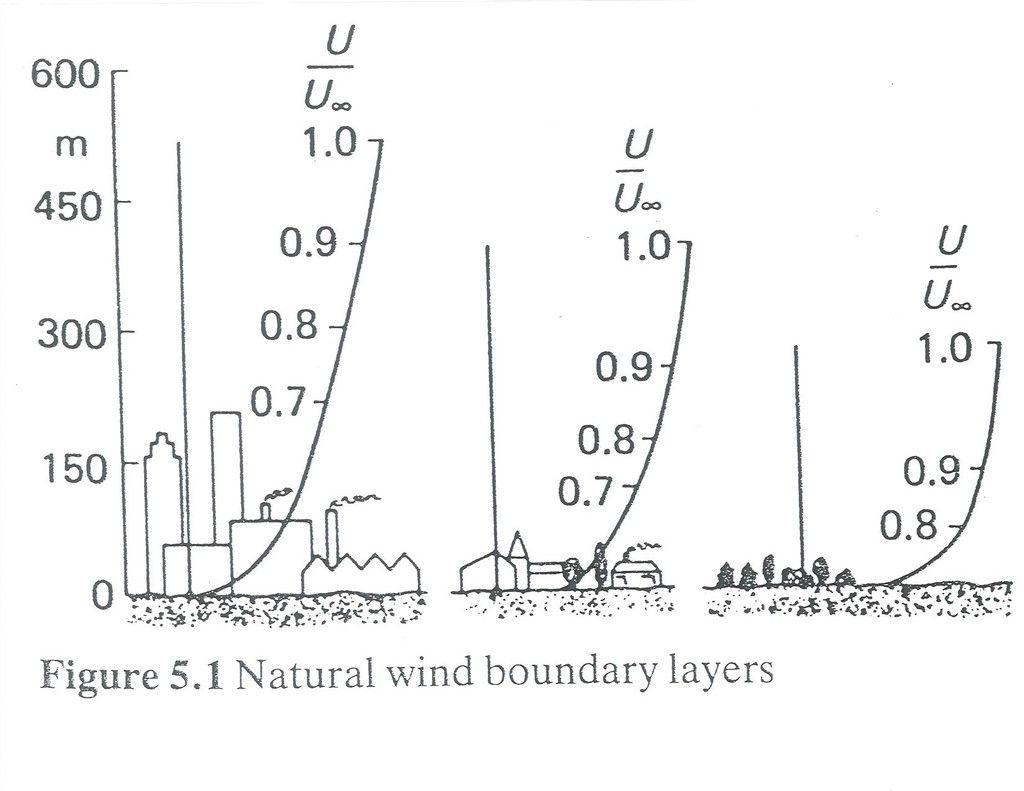Quote:
Originally Posted by Tugger

I was in a meeting of crazies recently - who respond to things the way that crazies do.
LOL
When faced with statistics, facts and hard work, the entire meeting erupted into them showing the world, what kind of characters they were.
Dishonest, lazy, manipulative, selfish, nasty, self centered ingrates.....
Having torpedoed their own futures, they though their delusional insanity, that waving good bye as they sank below the waves, was the same as saying "Don't let the door hit your arse on the way out..."
In 3 to 5 months time, most of these losers will be dead and buried or gone.
I like nasty losers - they are good to laugh at.
In the meantime, I shall continue on in my work as an aerospace engineer, and you can all enjoy each others company.
|
*Aeronautical engineering and automotive engineering diverged by 1922.
*Fineness ratios of wings and fuselage essentially guaranteed attached flow,and the focus for drag reduction was reducing surface friction drag,as there was no pressure drag.
*Automotive drag is governed by pressure drag,which is a function of flow separation.
The premise of automotive drag reduction is the reduction or elimination of flow separation.
*Since the atmosphere on the ground is already turbulent

we can't do anything about turbulent boundary layer-induced surface friction,so we concentrate on separated flow.You cannot have a 'laminar' body in ground proximity unless you drive below 20-mph.
--------------------------------------------------------------------------
As to table-top aerodynamics,here's an example:
*a 1:24-scale model requires a 480-mph airspeed in the test section to establish 'dynamic similarity/verisimilitude,and a turbulent boundary layer (which is what we have above 20-mph).
*if you were to blow a 480-mph wind over the model you'd be into transonic flow, compressibility effects,and shockwave drag,which never occur with a road vehicle.
*According to Ockham's razor,we don't need to carry the discussion any further.